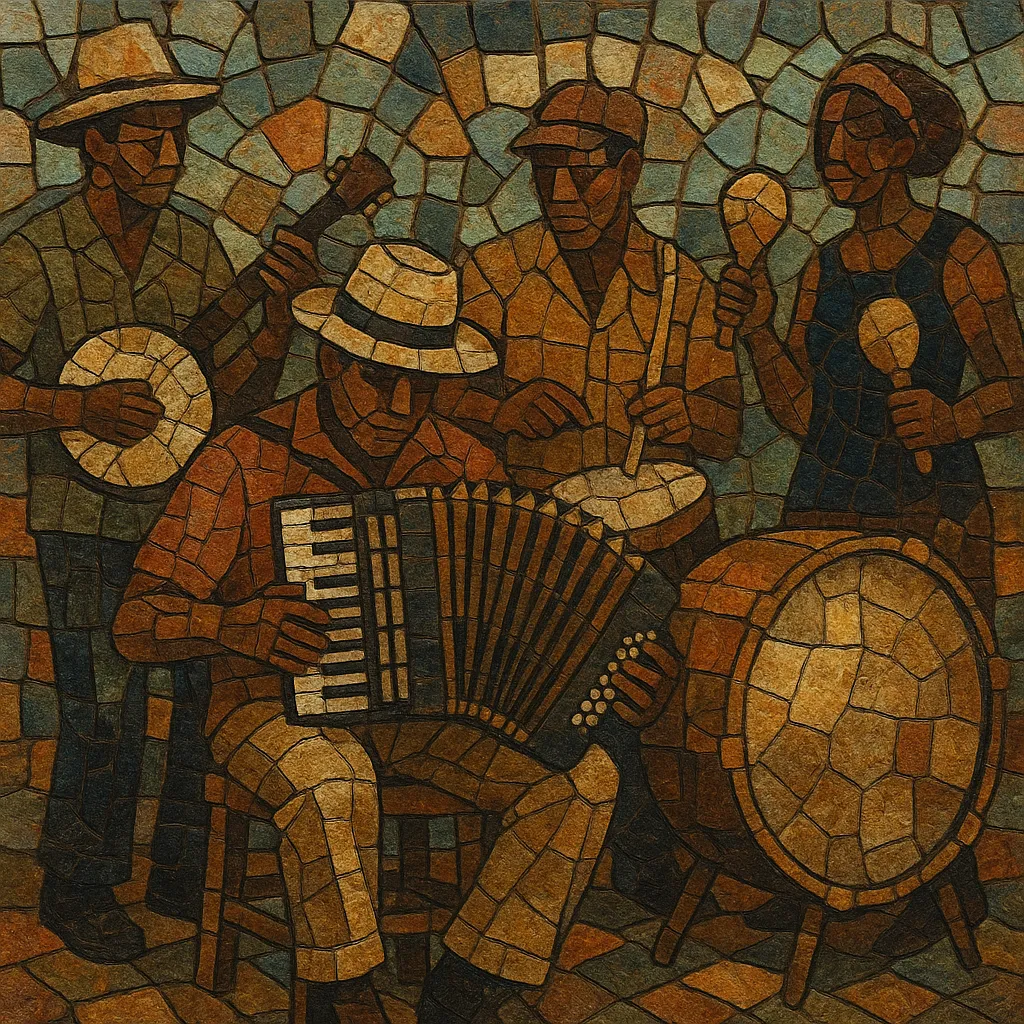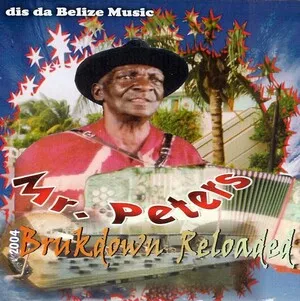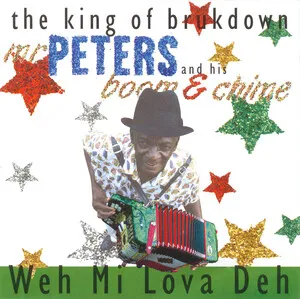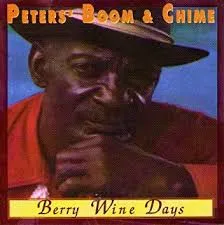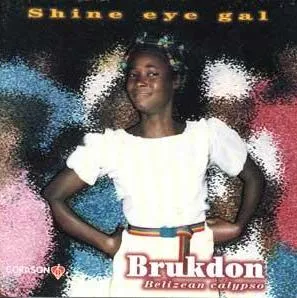Brukdown (also spelled brukdong) is a lively Belizean Kriol folk dance-music that grew out of the logging camps and river towns of Belize in the early 20th century.
It blends African-derived call-and-response singing and hand percussion with European dance forms (polka, waltz, quadrille) and Caribbean popular idioms such as calypso and mento. Typical ensembles—historically called “boom & chime” bands—feature accordion (squeezebox), banjo or guitar, a bass drum for the “boom,” a triangle or metal struck instrument for the “chime,” the scraping of a grater, and the rattle of a donkey jawbone (quijada). Lyrics are often in Kriol, humorous or topical, and set to buoyant, syncopated, duple-time grooves that invite dancing.
As a cornerstone of Kriol identity, brukdown remains a festive, communal style heard at brams (parties), holidays, and cultural celebrations, and it continues to evolve in contemporary Belizean performance and education.
Brukdown emerged among Kriol communities along the Belize River and in Belize City as entertainment for workers in the logwood and mahogany camps. Musicians adapted European couple-dance rhythms (polka, waltz, quadrille) to African-derived rhythmic sensibilities, call-and-response, and improvised verse. The boom & chime lineup—bass drum (boom), triangle or metal chime (chime), accordion, banjo/guitar, grater, and donkey jawbone—gave the music its distinctive texture and propulsion.
By the mid-20th century, brukdown’s repertoire of dance tunes, topical songs, and comic verses had become standard at brams and public festivities. The style circulated on local radio and at fairs, and its satirical, storytelling lyrics in Kriol linked it to broader Caribbean traditions such as calypso and mento, while remaining rooted in Belizean life and speech.
Iconic culture-bearers helped bring brukdown to national prominence. Wilfred “Mr. Peters” Peters and his Boom & Chime Band toured widely as ambassadors of the style, and Leela Vernon—often called the “Queen of Brukdown”—championed Kriol language and heritage through performance and education. Other bands kept alive the turtle-shell, grater, and jawbone timbres associated with the genre. Festivals and initiatives (including the Belize Kriol Council’s events and school programs) have sustained intergenerational transmission.
Today, brukdown remains a symbol of Kriol and Belizean identity. While some performers incorporate amplification or additional instruments, core features—duple-time dance feel, polka- and waltz-derived melodies, syncopated strumming, and participatory call-and-response—persist. The genre appears at national celebrations, cultural showcases, and community gatherings, reinforcing its role as both heritage and living practice.

